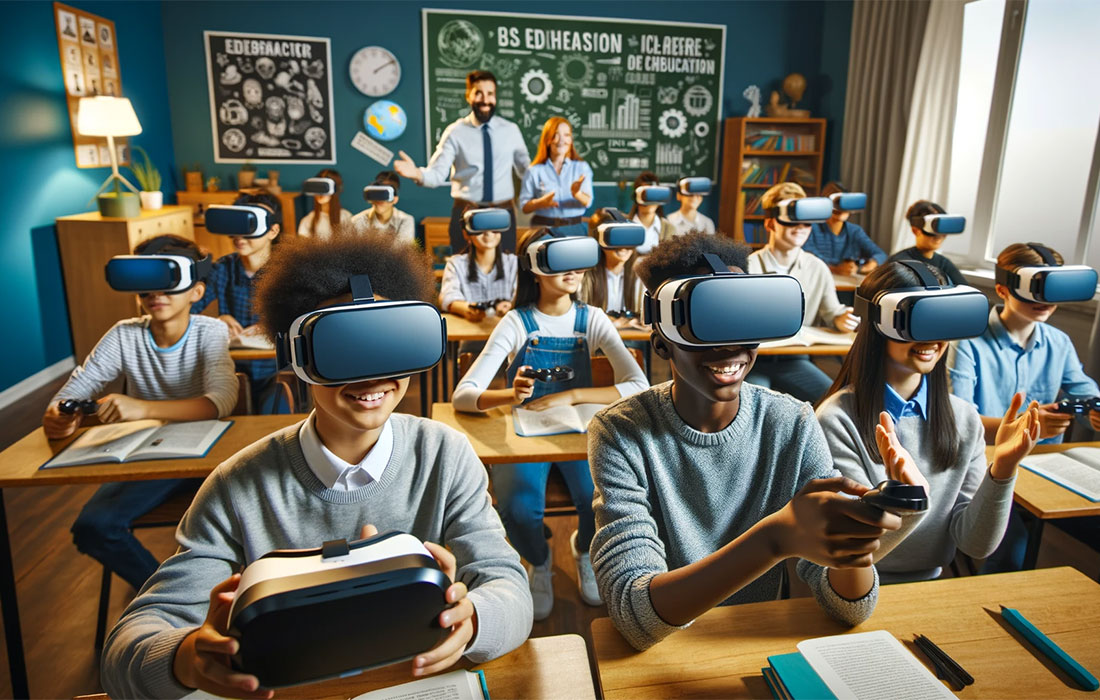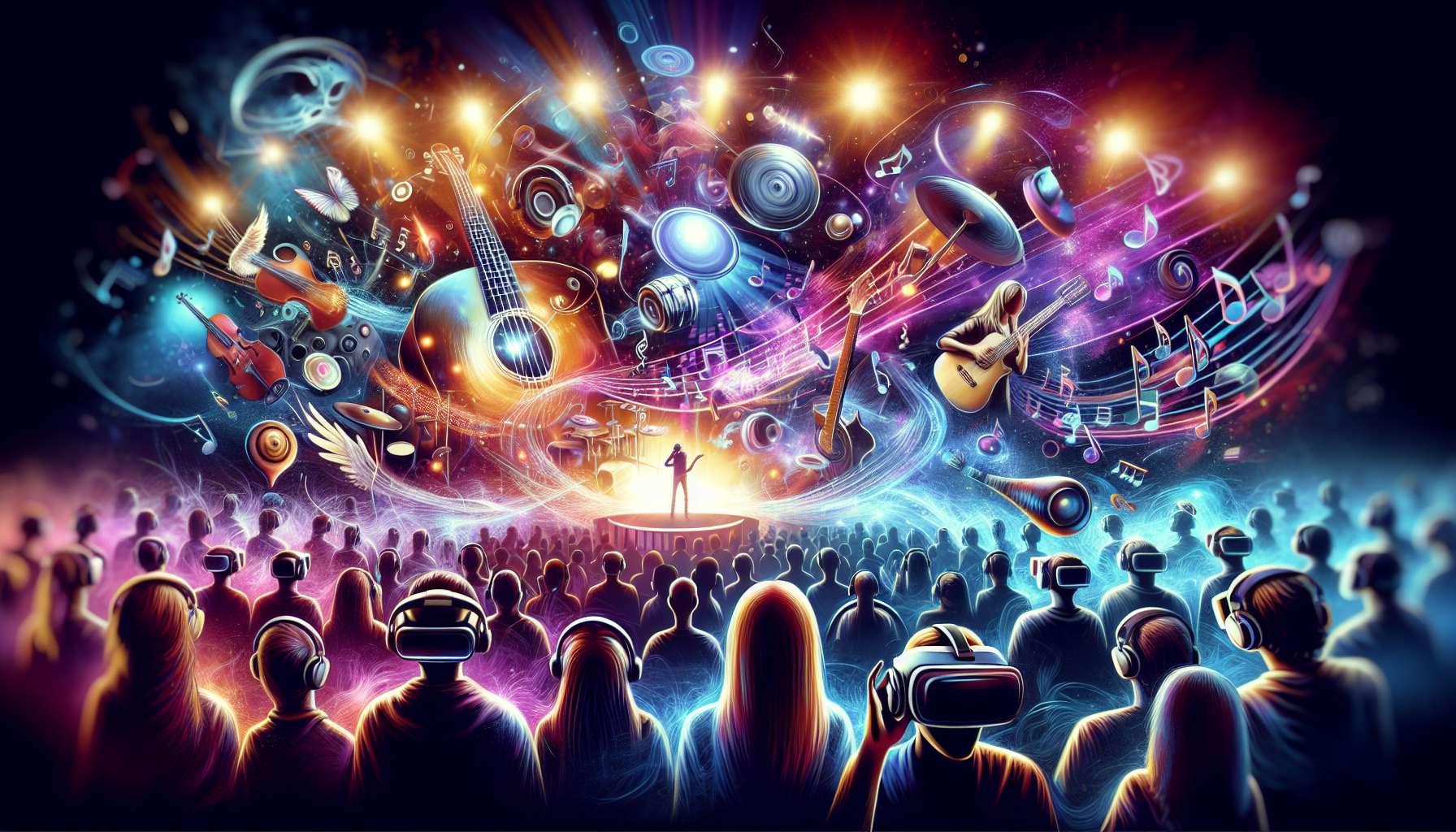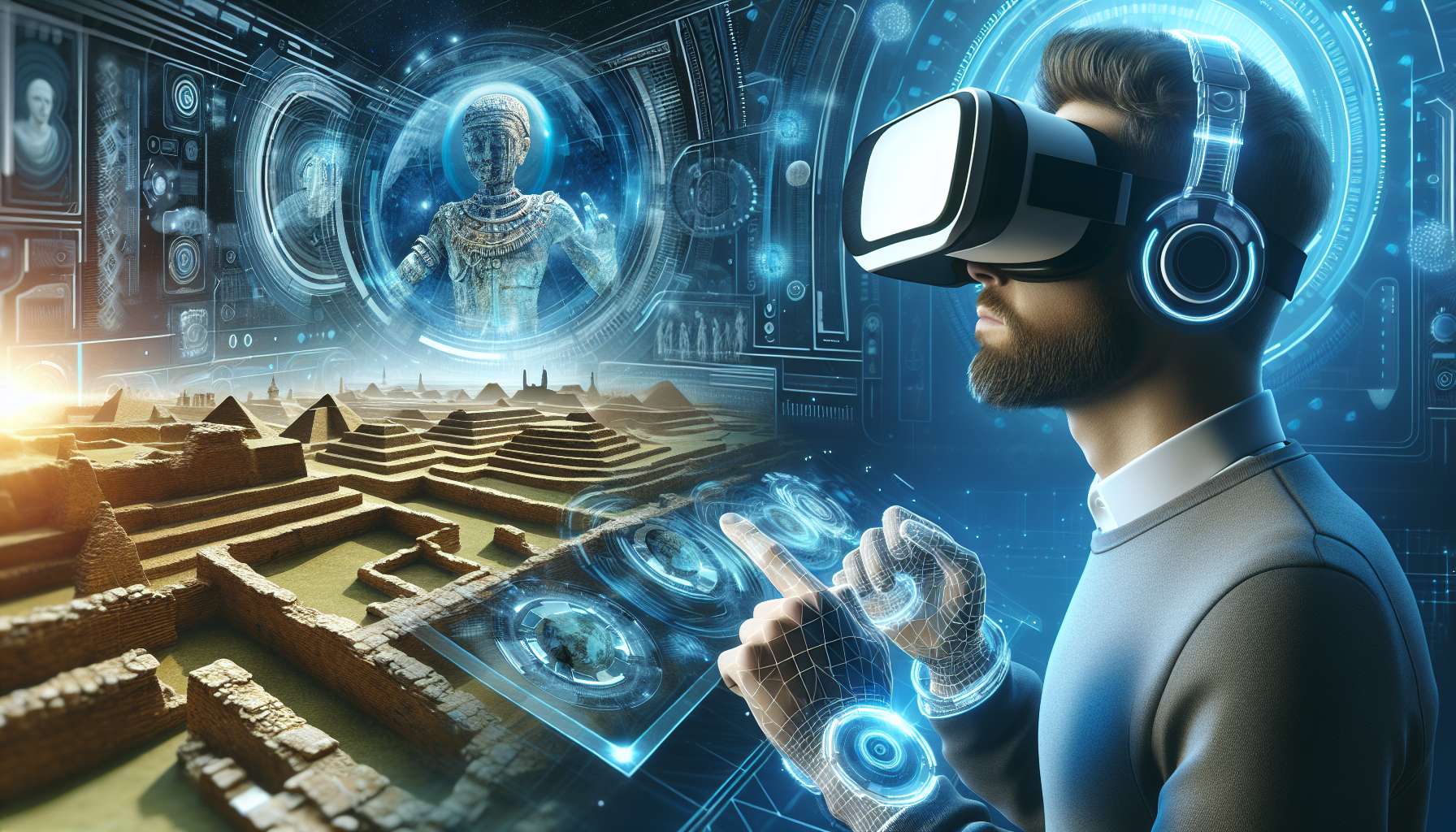Virtual Reality (VR) technology has transformed various sectors, and education is no exception. With immersive learning environments and interactive experiences, VR is redefining educational methodologies. This article explores how VR is revolutionizing the way we learn.
The Emergence of VR in Educational Settings
Historical Perspective
VR’s journey in education began with simple simulations and has now evolved into complex, interactive learning environments. Its integration into educational settings is a result of technological advancements and a growing emphasis on experiential learning.
Current Trends
Schools and universities worldwide are increasingly adopting VR to enhance the learning experience. From virtual field trips to complex scientific simulations, VR is making education more accessible and engaging.
Benefits of VR in Education
Enhanced Learning Experience
VR provides an immersive learning experience, making complex concepts easier to understand. It transforms abstract ideas into tangible experiences, aiding in better comprehension and retention.
Increased Engagement and Motivation
The interactive nature of VR keeps students engaged and motivated. It caters to different learning styles and encourages active participation.
Safe and Controlled Environment
VR creates a safe and controlled environment for students to experiment and learn. This is particularly beneficial in fields like medicine, where students can practice procedures without real-life risks.
Applications of VR in Education
Virtual Field Trips
VR enables students to explore distant or inaccessible locations, from historical sites to outer space, without leaving their classrooms.
Science and Engineering Simulations
VR simulations allow students to explore complex scientific and engineering concepts in a virtual setting, enhancing their practical understanding.
Language and Cultural Immersion
VR offers immersive language learning experiences and cultural exposure, aiding in language acquisition and cultural understanding.
Challenges and Considerations
Technological and Financial Barriers
Implementing VR in education comes with challenges, including the need for advanced hardware and software, and potential financial constraints.
Balancing Traditional and Technological Approaches
While VR is transformative, it’s essential to balance traditional teaching methods with technological advancements to ensure comprehensive education.
The Future of VR in Education
Emerging Trends
The future of VR in education includes more personalized learning experiences, AI integration, and widespread accessibility.
Long-Term Impact
VR has the potential to democratize education, offering quality learning experiences to students globally, regardless of geographical and socio-economic barriers.
Conclusion
Virtual Reality is not just a technological novelty; it’s a powerful tool that is reshaping the educational landscape. As VR technology advances, its role in education will continue to grow, offering students around the world innovative ways to learn and explore.








